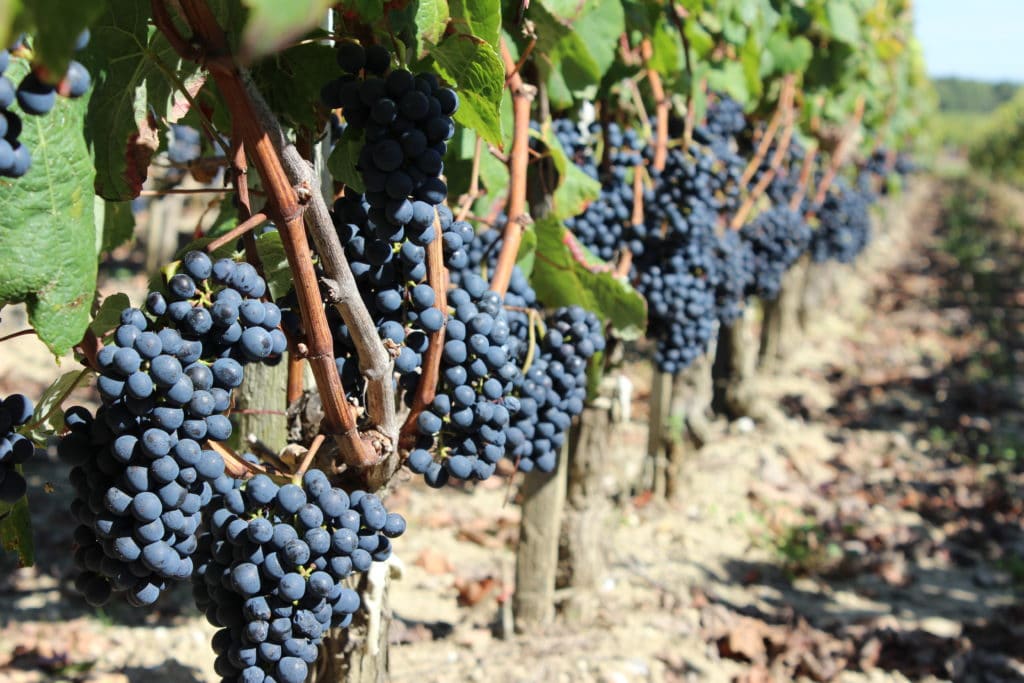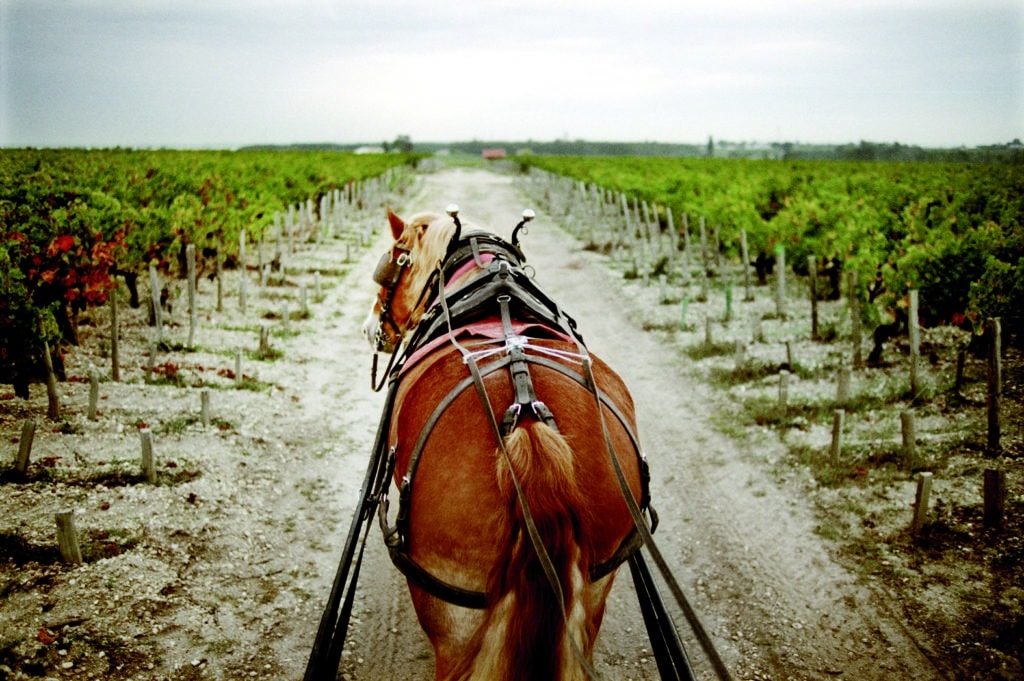Environmental certifications are so numerous and diverse that it is sometimes difficult to navigate. And above all: there is not only the Organic Certification! Which certification for which practice? Is it really reliable? What does a conversion to a more virtuous viticulture imply? So many questions that we will try to answer in this article. Follow the guide !
3 levels of environmental certification
In order to better understand this range of environmental certifications, the Ministry of Agriculture of France has introduced a voluntary approach to recognize farms engaged in sustainable environmental practices apart from product certifications (organic). This approach was designed to make all the existing procedures legible. It unfolds in 3 levels.

Level 1 : BCAE (eligible in France)
It introduces compliance with the environmental requirements imposed by the CAP (Common Agricultural Policy) since 2015. This level, which is neither certifiable nor recoverable, above all makes it possible to secure the PAC controls and to check compliance with the regulatory basis. Thus, it is a first essential step towards levels 2 & 3.
Level 2 : Label or environmental certifications
This level is based on 16 requirements divided into 4 modules: biodiversity, phytosanitary, fertilization, water resources. The interest of this level is above all the possible equivalence with existing practices. Indeed, the approaches such as: Terra Vitis, AREA & SME have an equivalence with this level 2 (even if these approaches are different from each other).
Level 3: HVE Certification
Level 3 is HVE (High Environmental Value) certification. With this certification, it is a question of responding to environmental performance indicators. It is complementary to the level 2 approach, which sets targets for resources. Indeed, level 2 certification (Terra Vitis, SME, etc …) is often the real environmental approach of the farm. The level 3 HVE validates and valorizes the efforts made in addition.
Finally, to be validated at level 3, an estate must necessarily be previously validated at levels 1 & 2. So what are the real differences between Level 2 certification and Level 3 HVE certification?
Differences between levels of environmental certifications.
There are more than 40 environmental approaches with Level 2 equivalencies. Thus, we have chosen to compare only the Terra Vitis certification (Level 2) to the HVE certification (Level 3). Indeed, Terra Vitis is a French national approach specific to viticulture.
Terras Vitis, what is it?
“Terra Vitis” comes from Latin and expresses the close and indissociable link that exists between the vine and the terroir. The only certification specific to viticulture, Terra Vitis is a process of continuous improvement.
It is specifically aimed at winemakers who wish to reduce the impact of their activities on the environment and get involved in the path of global responsibility. Created in 1998 in Beaujolais, the approach is articulated around 3 fundamental pillars of sustainable and responsible agriculture:
- The environmental: responsible reflection at each stage of production
- The societal: Man, producer and consumer, is at the center of the wine project
- The economic: ensuring the sustainability of the operation
HVE, what is it?
The HVE certification, High Environmental Value, is level 3 of the certification process settles by the Ministry after the “Grenelle de l’environnement”. In order to access this Level 3, it is necessary to be in possession of level 1 OR 2 certification. Thus, level 2 corresponds to objectives of means whereas level 3 answers objectives of results. It is an approach that “goes further”. The candidate for HVE certification will have to choose between two options according to his objectives:
- A Option : Answer to 4 biodiversity, phytosanitary, fertilization and irrigation issues. The winemaker will be noted for each of these issues and must obtain a grade greater than or equal to 10 for each item.
- B Option : The winemaker must demonstrate that he answers the overall approach of his operation. Its results are evaluated according to two indicators; biodiversity and the weight of inputs on the farm’s turnover.
If the conditions are respected, the winegrower will be able to put the mention HVE on the product.
Which environmental certification to choose?
In conclusion, the answer depends mainly on the desire of everyone to invest at a certain level for a more responsible viticulture. We have developed only 2 approaches here, but there are many more (SME, AREA, etc …). One is not better than the other. Every little bit counts.
And that, Bordeaux Tradition understood it! That’s why we decided to commit to a viticulture more respectful of the environment. To learn more, click here !

And what about Organic/ Biodynamic among environmental certifications ?
So what is the place of organic and biodynamic certifications in the face of this nomenclature created by the “Grenelle de l’environnement”? Is it better, is it not so good? Neither, it’s just different! Explanations …
Organic Certification
“Organic Farming” (AB) is an official sign of quality and origin that guarantees a mode of agricultural production based on respect for the natural cycles of plants and animals and on soil-plant, plant-animal and animal complementarities. -sols “, according to the Chamber of Agriculture.
Organic farming meets the European specifications for organic production. It is a system of agricultural production based on the respect of life and natural cycles, which manages production in a global way by favoring agro-system but also biodiversity. It is a certification that takes into account the place of the soil and its microbiological activity.
Biodynamic Certification
It must at least be certified organic to claim biodynamic certification. Biodynamic agriculture aims to enhance the quality and fertility of soils, depleted by decades of intensive farming. Unlike organic agriculture, biodynamic agriculture seeks to find a balance and vitality within the vine so that it is much less sensitive to pathogens. It is an approach that mixes expertise and ancestral know-how. This certification, which translates to the Demeter or Biodyvin label, responds very well to the expectations of wine buyers or Northern European countries. In the long term, biodynamics must tend towards the notion of agricultural unity so that the castle is self-sufficient from an energy point of view. In short, a certification of the future.
In conclusion, it seems quite obvious to us that the candidate for sustainable viticulture has a wide and specialized range of choices to meet his expectations. All you have to do is jump in!


